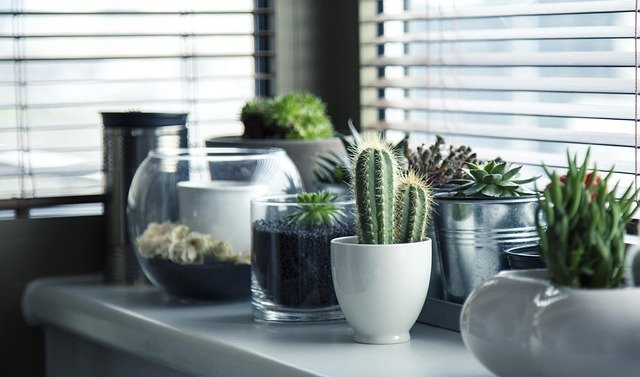Water-Wise Landscaping Strategies for Variable Climates
Creating a landscape that uses water efficiently starts with recognizing how variable climates influence plant choices, soil care, and irrigation. Effective water-wise landscaping balances drought-tolerant plantings, smart soil management, and targeted irrigation so yards, patios, and indoor plant collections remain resilient through wet winters, dry summers, and unpredictable seasons.

Xeriscaping and succulents for adaptable planting
Xeriscaping is a design approach that reduces the need for supplemental watering by prioritizing plant selection, efficient layouts, and soil improvement. Incorporating succulents provides low-water focal points and textural contrast in beds and containers. Rather than a single aesthetic, xeriscaping can include layered plantings with seasonal interest, combining succulents, native perennials, and small shrubs to create resilient borders that need minimal irrigation once established.
Irrigation and mulching: reducing evaporation
Good irrigation strategy focuses on delivering water where roots need it. Drip systems and soaker hoses are efficient for established beds and raised planting zones, while smart controllers and moisture sensors prevent unnecessary cycles. Mulching with organic materials such as shredded bark or composted wood lowers evaporation, stabilizes soil temperature, and suppresses weeds. Match mulch type and depth to plant needs—lighter coverage near succulents and thicker layers in perennial or shrub beds—to balance moisture retention with airflow.
Raised beds and vertical gardening to manage water use
Raised beds allow precise control over soil composition and drainage, which helps retain moisture without waterlogging roots. Filling raised beds with a mix rich in organic matter, supported by regular composting, improves water-holding capacity and nutrient availability. Vertical gardening reduces ground footprint and concentrates irrigation, letting you water only the sections that need it. Both raised beds and vertical gardening are useful on patios and compact urban plots, and they simplify targeted irrigation and maintenance.
Pollinators and native plantings for climate fit
Native plantings support local pollinators and typically require less supplemental watering after establishment because they are adapted to regional rainfall patterns. Incorporate a variety of native grasses, perennials, and shrubs to provide seasonal nectar and habitat. Integrating pollinator-friendly beds alongside ornamental plants and succulents promotes biodiversity while reducing irrigation demand. Small design features such as clustered native patches or a sheltered shrub layer offer resources for bees and butterflies with modest water investment.
Composting, pruning, and soil health practices
Healthy soil retains water and encourages deep root systems. Regular composting adds organic matter that improves soil structure, increases moisture retention, and supports beneficial microbes. Pruning should be timed to reduce plant stress—remove dead wood and shape canopies to improve airflow, but avoid heavy cuts during extreme drought. Periodic soil testing helps guide amendments, so composting, mulching, and targeted pruning together create a soil environment that needs less frequent watering.
Patio, decking, interior decor, and indoor plants integration
When combining hardscape elements like patio and decking with planting areas, design transitions that capture runoff and reduce heat buildup. Permeable paving, planted edges, and rain-capture features help direct water to beds rather than into drains. For interior and decor concerns, choose indoor plants that tolerate occasional outdoor exposure and controlled watering cycles, and group pots on decks to share moisture and reduce evaporation. Self-watering containers and grouped planters help maintain consistent moisture with less overall water use.
Conclusion Water-wise landscaping in variable climates depends on integrating plant choices, soil-building practices, and efficient irrigation into cohesive designs. Using xeriscaping principles, incorporating succulents and native species for pollinators, employing raised beds and vertical gardening where appropriate, and improving soil through composting and mulching all contribute to resilient landscapes. Thoughtful transitions between patio, decking, and interior plant settings further reduce water waste while preserving a pleasing, adaptable outdoor environment.





